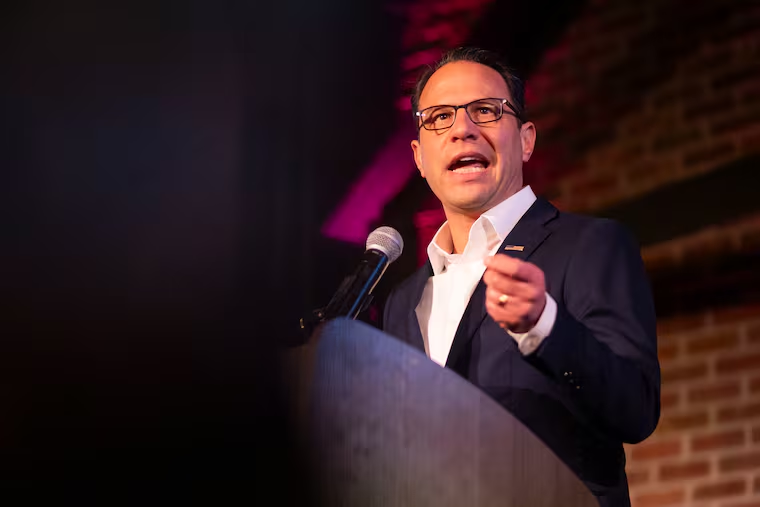Daily News influences changes in New York City’s child welfare system.
Reflecting on 50 Years of Child Welfare Reform in New York City
Fifty years ago, a pivotal moment in New York City’s child welfare history transpired, marking the beginning of significant reform. On May 13, 1975, the Daily News released a groundbreaking six-part investigative series entitled “Big Money, Little Victims,” authored by reporters William Heffernan and Stewart Ain. This series illuminated alarming practices within the city’s child welfare system, catalyzing discussions and actions that resonate to this day.
At that time, New York’s child welfare system was largely managed by numerous powerful private agencies, which were dominated by an elite cadre of business, civic, and religious leaders. This governance structure fostered an environment where accountability was often lacking, and when these agencies issued directives, city officials typically complied. The series uncovered a troubling reality where many of these agencies prioritized financial gain over the well-being of children. They profited from maintaining children in foster care yet made minimal efforts to rehabilitate biological parents or facilitate adoptions.
The investigative report revealed that funds allocated to these agencies were often mismanaged. It highlighted instances where children in foster care received inadequate resources, resulting in a stark disparity between funding and the quality of care provided. Additionally, there were serious allegations of agency officials covering up cases of abuse to protect their per diem payments.
The revelations in “Big Money, Little Victims” led to a gradual awakening within city government, compelling officials to seek greater accountability from these agencies. Although immediate reforms were not evident, the series provided a foundation for future investigations and reforms in the child welfare arena.
Several years following the series’ publication, Carol Bellamy, the then-president of the City Council, initiated her own investigations into the child welfare system. Her efforts, combined with insights gained from the original series, contributed to the establishment of a robust family advocacy movement in New York, aiming to address systemic failures and foster genuine child protection.
While significant strides have been made since the 1970s—evident in the reduction of the rate at which children are removed from families compared to cities like Philadelphia and Los Angeles—challenges remain. Modern critiques emphasize that while the system is less harmful than in the past, the practices of some agencies still raise concerns. Instances of negligence and refusal to acknowledge past mistakes continue to affect vulnerable populations, particularly amid ongoing scandals involving certain agencies.
One noteworthy change is the shift in financial incentives for these private agencies. New contracts now tie compensation directly to performance rather than the number of days children are held in foster care, reflecting a dramatic departure from past practices that prioritized profit over child welfare. This adjustment mirrors a long-advocated proposal that sought to reform the fiscal framework governing child welfare.
As New York City reflects upon the legacy of child welfare reform initiated by “Big Money, Little Victims,” it is important to recognize both the progress made and the work that is still necessary to ensure the safety and well-being of its most vulnerable residents. Continued vigilance, advocacy, and systemic reform are essential as the city strives to create a child welfare system that genuinely protects and serves the needs of children and families.
Media News Source







